Rosin
Synonym(s):Colophony;Rosin, gum;Trans-cinnamyl O-β-D-glucopyranoside;Rosin X;(2R,3S,4S,5R,6R)-2-(hydroxymethyl)-6-[(E)-3-phenylprop-2-enoxy]oxane-3,4,5-triol
- CAS NO.:8050-09-7
- Empirical Formula: C19H29COOH
- Molecular Weight: 0
- MDL number: MFCD00132205
- EINECS: 232-475-7
- SAFETY DATA SHEET (SDS)
- Update Date: 2025-12-17 09:49:22
What is Rosin?
Chemical properties
Rosin is a solid with a slight odour of turpentine.
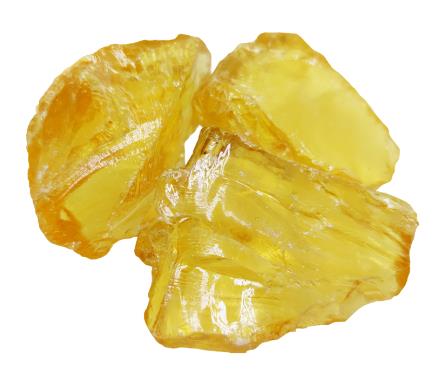
The Uses of Rosin
Rosin is a yellow resin in the production of varnishes, printing inks, paper, soldering fluxes, greases, cutting fluids, glue tackifiers, adhesives, surface coatings, polish, insulations, waxes, cosmetics (mascara, rouge, eye shadow), topical medicaments, shoes, violin bow rosin, day, athletic grip aid, pine-oil cleansers; component in dental impression materials and periodontal packings.
The Uses of Rosin
Rosin can be used as a glazing agent in medicines and chewing gum. In industry, rosin is a flux used in soldering. A mixture of pitch and rosin is used to make a surface against which glass is polished when making optical components such as lenses.
Definition
A brittle yellow or brown resin that remains after the distillation of turpentine. It is used as a flux in soldering and in making paints and varnishes. Powdered rosin gives a ‘grip’ to violin bows and boxers’ shoes.
Definition
rosin: A hard natural resin obtainedfrom pine tree oil and the wastesfrom processing wood pulp. It maybe colourless, yellow, brown, or black. It is used as a flotation agent,solder flux, sizing compound, and inlacquers and plasticizers. It is alsoused to provide ‘grip’ to violinists’bows (when it may be calledcolophony) and dancers‘and boxers’shoes.
Production Methods
Rosin, also called colophony or Greek pitch (Latin: pix graeca), is a solid form of resin obtained from pines and some other plants, mostly conifers, produced by heating fresh liquid resin to vaporize the volatile liquid terpene components.
Composition
Rosin is a complex mixture that mostly contains resin acids and a little amount of neutral fraction. Rosin mostly contains abietic type (abietic, levopimaric, pallustric, neoabietic, dehydroabietic and tetra abietic acids) and pimaric type (pimaric and isopimaric acids), besides neutral components.
General Description
Gum rosin is an exudate gum, which is extracted from pine trees.
Health effects
The fumes released during soldering have been cited as a causative agent of occupational asthma. The symptoms also include desquamation of bronchial epithelium.
Properties of Rosin
| Melting point: | 70-72°C |
| Density | 1,07 g/cm3 |
| Flash point: | 180°C |
| storage temp. | Room Temperature |
| solubility | chloroform: 0.1 g/mL, clear, strongly yellow |
| form | Powder/Solid |
| color | Dark yellow |
| Specific Gravity | 1.07~1.08 |
| Odor | at 100.00?%. mild balsamic woody |
| Water Solubility | Soluble in alcohol, benzene, ether. Insoluble in water |
| Merck | 14,8266 |
| Dielectric constant | 2.5(Ambient) |
| Exposure limits | NIOSH: TWA 0.1 mg/m3 |
| Stability: | Stable. Combustible. Incompatible with oxidizing agents. |
| CAS DataBase Reference | 8050-09-7 |
| EPA Substance Registry System | Rosin (8050-09-7) |
Safety information for Rosin
| Signal word | Warning |
| Pictogram(s) |
 Exclamation Mark Irritant GHS07 |
| GHS Hazard Statements |
H317:Sensitisation, Skin |
| Precautionary Statement Codes |
P280:Wear protective gloves/protective clothing/eye protection/face protection. P302+P352:IF ON SKIN: wash with plenty of soap and water. |
Computed Descriptors for Rosin
Rosin manufacturer
Kachabo Gums
Dycon Chemicals
New Products
4,4-Difluoropiperidine hydrochloride tert-butyl 9-methoxy-3-azaspiro[5.5]undecane-3-carboxylate Indole Methyl Resin N-Isopropylurea N,N-Dicyclohexylcarbodiimide(DCC) MELDRUMS ACID 5-METHYLISOXAZOLE-4-CARBOXYLIC ACID Magnessium Bis glycinate Zinc ascorbate 1-bromo-2-butyne 2-acetamidophenol 9(10H)-anthracenone Erythrosin B, 4-Piperidinopiperidine 2-((4-morpholinophenylamino) (methylthio) methylene) malononitrile 2,4-dihydroxybenzaldehyde 3-(4-morpholinophenylamino)-5-amino-1H-pyrazole-4-carbonitrile Methyl 2-methylquinoline-6-carboxylate 2,6-dichloro-4-nitropyridine 4-Bromo-2-chlorobenzonitrile 2-(benzylamino)acetic acid hydrochloride 4-(tert-Butoxycarbonylamino)but- 2-ynoic acid 3,4-dihydro-2H-benzo[b][1,4]dioxepine 1-Phenyl-1-cycloprppanecarboxylicacidRelated products of tetrahydrofuran



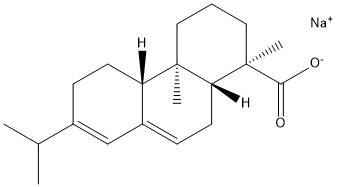
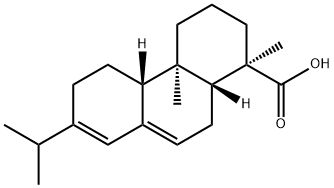
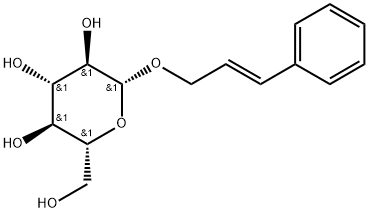


You may like
-
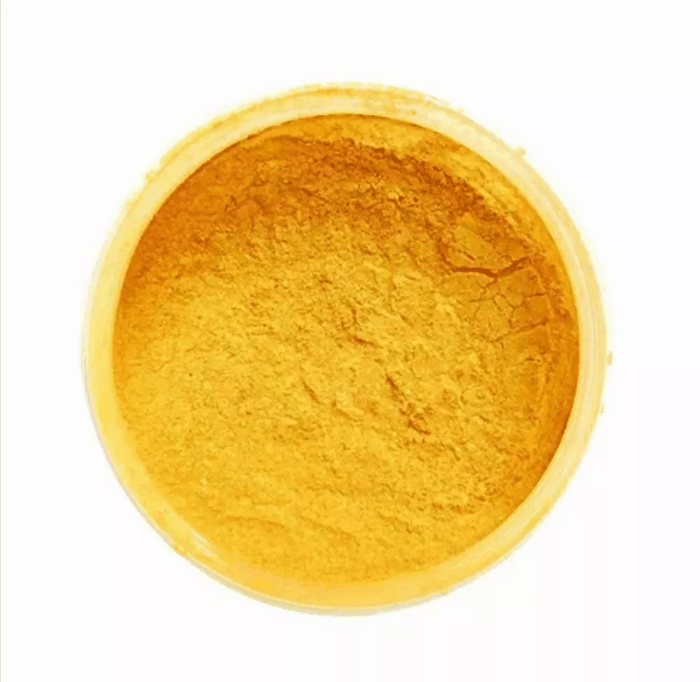 Gum Rosin WW GradeView Details
Gum Rosin WW GradeView Details -
 Gum Rosin 99%View Details
Gum Rosin 99%View Details -
 Rosin CAS 8050-09-7View Details
Rosin CAS 8050-09-7View Details
8050-09-7 -
 Gum rosin CAS 8050-09-7View Details
Gum rosin CAS 8050-09-7View Details
8050-09-7 -
 Solid(Crystal) Gum Rosin For PhenylView Details
Solid(Crystal) Gum Rosin For PhenylView Details
8050-09-7 -
 Pale Yellow Crystal Gum Rosin Ww Grade, For Paint, Packaging Size: 50 KGView Details
Pale Yellow Crystal Gum Rosin Ww Grade, For Paint, Packaging Size: 50 KGView Details
8050-09-7 -
 Amber Solid Gum Rosin ., For Surface Coating,Paint, Packaging Size: 240kgView Details
Amber Solid Gum Rosin ., For Surface Coating,Paint, Packaging Size: 240kgView Details
8050-09-7 -
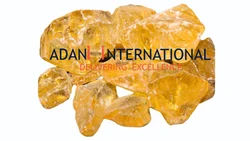 Solid(Crystal) Gum Rosin Perhutani Group, Yellow, For IndustrialView Details
Solid(Crystal) Gum Rosin Perhutani Group, Yellow, For IndustrialView Details
8050-09-7
